Laser lights are intense beams of focused light generated through the amplification of photons. These lights operate by stimulating the emission of radiation in a specific direction, creating highly concentrated, monochromatic beams. Lasers emit light with exceptional coherence, narrow spectral bandwidth, and high intensity.
Reasons for using laser lights
The precision and focus of laser lights, whether as part of a laser light projector or integrated into a laser light combo, offer unparalleled benefits. The primary allure lies in their ability to generate highly concentrated, coherent beams that can be directed with exceptional accuracy. Moreover, laser lights are valued for their efficiency and durability, consuming less energy while providing intense illumination. Their long lifespan and minimal maintenance needs make them cost-effective options in comparison to traditional lighting sources. Additionally, their compact size and adaptability enable their integration into compact devices or complex lighting setups, offering flexibility in designing innovative displays or sophisticated lighting arrangements.
Applications of laser lights
One prominent use is in entertainment, where they illuminate stages and venues, creating spectacular laser light shows during concerts, festivals, and theatrical performances. These shows utilize a variety of laser colors, including captivating blue laser lights and vivid green laser lights, to craft mesmerizing visual displays that sync with music. In scientific research and technological advancements, lasers play pivotal roles in various applications. They're employed in spectroscopy, aiding in molecular analysis and the study of chemical compositions. Additionally, lasers are integral in medical procedures, facilitating precise surgeries, eye treatments, and dermatological therapies. In telecommunications, lasers power optical fibers, enabling high-speed data transmission. Industries such as manufacturing utilize lasers for cutting, welding, and marking materials with precision. Moreover, laser scanning and surveying are vital in mapping and measuring terrain or structures in fields like architecture and archaeology. Security systems often incorporate laser technology for intrusion detection and motion sensing.
Laser light vs LED
Both LED and laser lights have distinct advantages and are suited for different applications. Laser lights offer highly concentrated, coherent beams with exceptional precision, making them ideal for applications requiring pinpoint accuracy. On the other hand, LED lights excel in energy efficiency, durability, and versatility. They are commonly used in general lighting applications, displays, and everyday electronics due to their lower power consumption, longer lifespan, and cost-effectiveness. LED lights are more accessible, come in various colors and styles, and are safer for direct human exposure compared to high-powered laser beams. Therefore, determining which is better between laser and LED lights depends on the specific requirements of the task, the desired output, safety considerations, and the context of use. Each has its unique strengths, making them valuable in different scenarios.

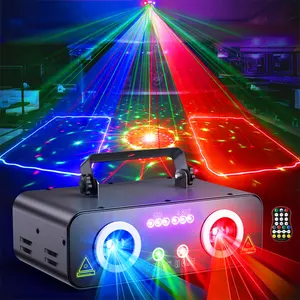



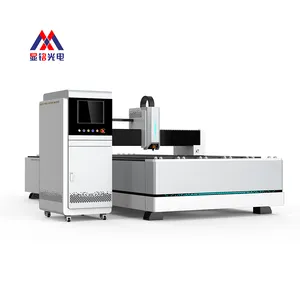

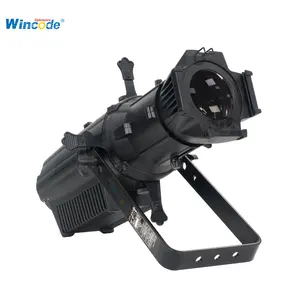


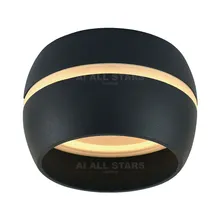
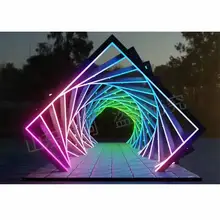



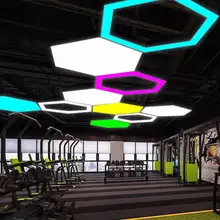

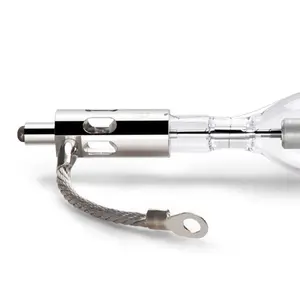





















 浙公网安备 33010002000092号
浙公网安备 33010002000092号 浙B2-20120091-4
浙B2-20120091-4